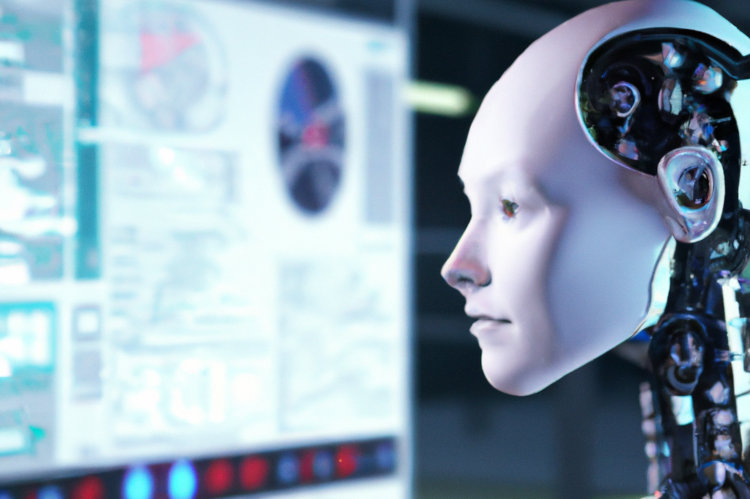Introduction to Robotic Process Automation

"Robotic Process Automation (RPA) uses software and artifical intelligence to automate repetitive, routine tasks normally performed by humans."
What is Robotic Process Automation (RPA)
Robotic process automation (RPA) is a technology that uses software with artificial intelligence (AI) and machine learning capabilities to automate repetitive, routine tasks that are typically performed by humans. This technology allows businesses to automate processes and reduce the need for human intervention, leading to increased efficiency and productivity. RPA can be applied to a wide range of industries and can be used to automate a variety of business processes, such as data entry, invoicing, and customer service.
What kinds of tasks can Robotic Process Automation handle?
Robotic process automation (RPA) can be used to automate a wide range of routine tasks, including data entry, invoicing, and customer service. Some examples of specific tasks that can be performed using RPA include:
- Automating business processes
- Sending automatic reminders
- Automatically gathering information and generate and email reports
- Quickly transfer data between applications
- Processing invoices and payments
- And more...
Overall, the types of tasks that can be performed using RPA are limited only by the capabilities of the software and the imagination of the person implementing it. RPA can be used to automate many different types of business processes, making it a versatile and valuable tool for organizations looking to increase efficiency and productivity.
How can robotic process automation save me money?
Robotic process automation (RPA) can save organizations money in several ways. First, by automating routine, repetitive tasks, RPA can help businesses reduce the amount of time and labor required to perform those tasks. This can lead to lower labor costs, as businesses can reduce the number of employees needed to perform those tasks or redeploy existing employees to more complex and value-added tasks.
Second, RPA can help businesses reduce errors and improve the accuracy of their processes, which can lead to cost savings by reducing the need for manual corrections and rework. This can be particularly beneficial for tasks that require a high degree of accuracy, such as data entry and processing.
Finally, RPA can help businesses streamline and optimize their processes, which can lead to cost savings through increased efficiency and productivity. By automating repetitive tasks, businesses can reduce the time and effort required to complete those tasks, allowing them to complete more work in less time and at a lower cost.
Overall, the use of RPA can lead to significant cost savings for organizations, making it a valuable tool for organizations looking to improve their efficiency and reduce their expenses.
Can robotic process automation improve job satisfaction?
Robotic process automation (RPA) can potentially improve job satisfaction in several ways. First, by automating routine, repetitive tasks, RPA can help to reduce the amount of tedious, low-value work that employees are required to perform. This can make their jobs more interesting and engaging, as they can focus on more complex and value-added tasks that require their knowledge, skills, and expertise.
Second, RPA can help to improve the accuracy and reliability of business processes, which can be satisfying for employees. By reducing the need for manual corrections and rework, RPA can help employees to feel more confident in the quality of their work and the overall success of the organization.
Third, RPA can help to improve the efficiency and productivity of business processes, which can make employees feel more accomplished and productive in their jobs. By enabling businesses to complete more work in less time, RPA can help employees to feel like they are making a meaningful contribution to the organization.
Overall, the use of RPA has the potential to improve job satisfaction by reducing the amount of tedious work, improving the accuracy and reliability of processes, and increasing efficiency and productivity. However, the specific impact of RPA on job satisfaction will depend on factors such as the nature of the tasks being automated, the implementation of the technology, and the broader organizational context.
Coming Up in Part 2
In the next article in this series, we'll dive more deeply into the power of Robotic Process Automation (RPA).